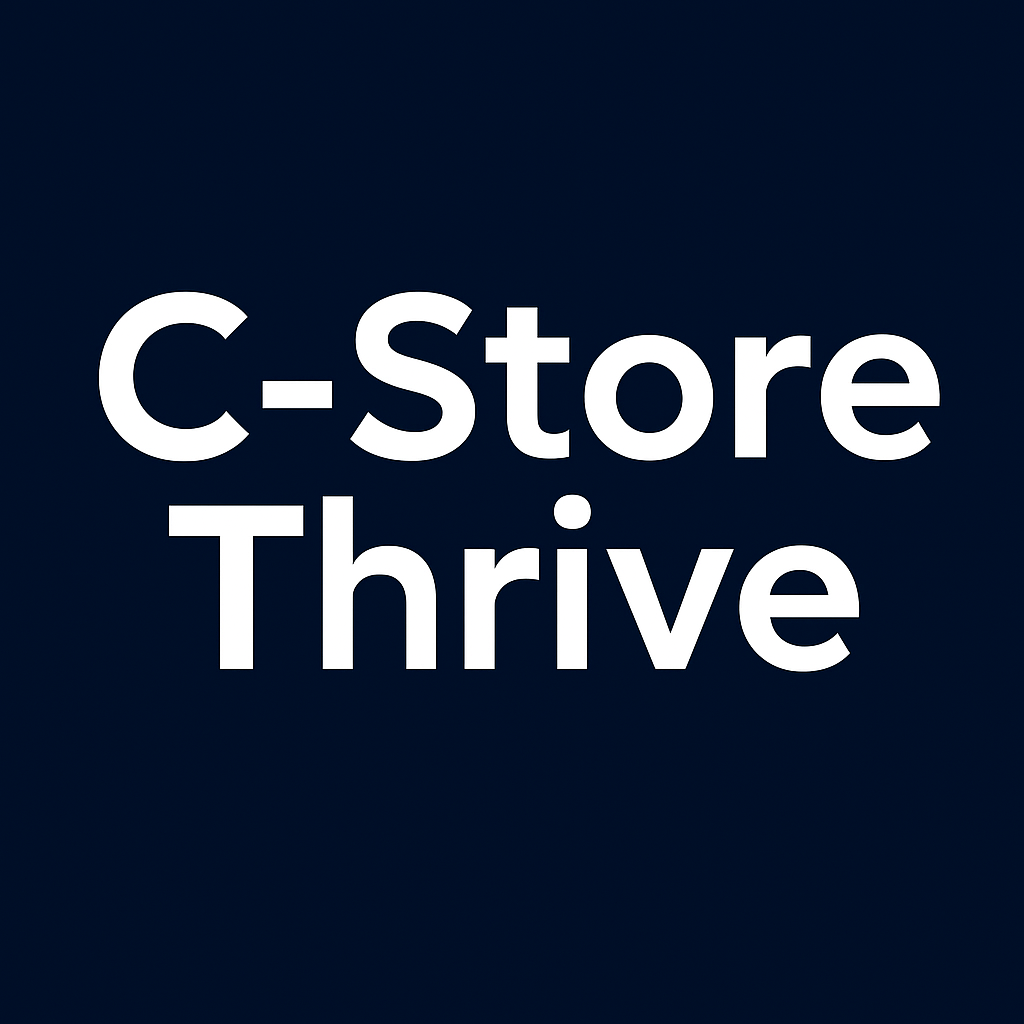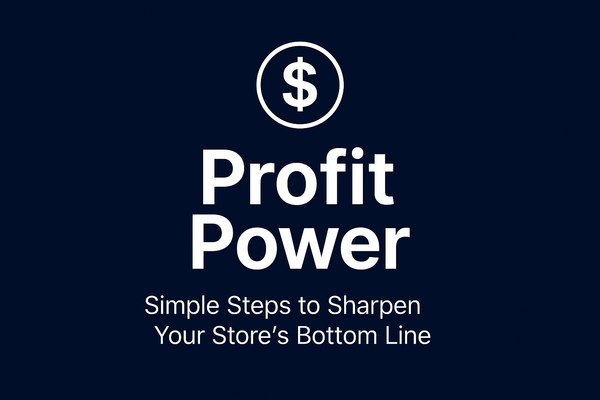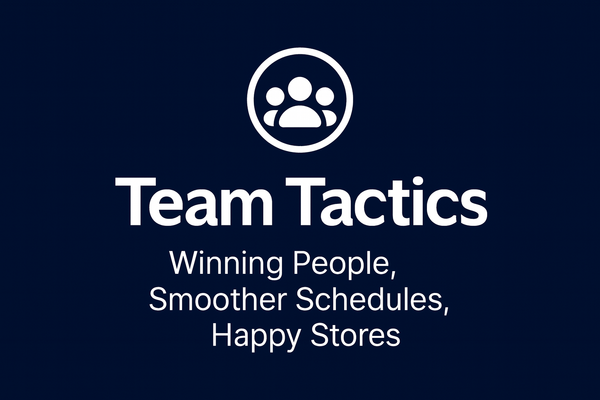Visual Merchandising Best Practices for Convenience Stores
Smart merchandising uses strategic placement, eye-level shelving for top sellers, vertical blocking by brand, optimized impulse zones at checkout, and themed displays that encourage higher basket values.

The most successful convenience store operators know one truth: the way you display your products is as important as what you sell. Industry research shows that up to 73% of c-store shoppers make unplanned, impulse purchases—meaning a smart visual merchandising strategy can directly lift your basket size and bottom line. Yet, too many stores fall into the trap of “set it and forget it,” treating merchandising as an afterthought instead of a daily driver of revenue and customer experience.
Why Visual Merchandising Moves the Needle
Outstanding merchandising isn’t about adding more shelves or packing in extra SKUs. It’s about strategic placement, shopper-friendly layouts, and high-impact focal points that make products impossible to ignore. Great c-store merchandising creates an environment where best-sellers leap out, new items get noticed, and customers’ eyes—and hands—are drawn to profitable, high-velocity zones.
As merchandising experts note, there’s a world of difference between “motion” and “movement.” As Jeff Bezos says of Amazon meetings, “Motion” is reviewing planograms or walking the aisles without ever changing anything. “Movement” is analyzing shopper flow, acting on sales data, rearranging displays, and watching your impulse sales jump the next week.
What Works: Cornerstone Merchandising Tactics
1. The Power of Shelf Facings
Prioritize eye-level placement and generous shelf facings for your top-selling items. Studies show products placed at eye level sell up to 35% better than those a shelf up or down. Keep shelves well-stocked and grouped by category, using bold front-facing displays for best-sellers and high-margin goods. Minimal, incomplete, or over-crowded shelves turn customers away.
2. Vertical Blocking & Brand Blocks
Displaying products in vertical strips—“blocking” by brand or category—helps shoppers quickly scan up and down, spot their favorites, and consider trade-up options. Vertical blocking amplifies brand recognition, simplifies navigation, and boosts incremental purchases as customers spot new flavors or related products with each vertical scan.
3. Optimize High-Impact and Impulse Zones
Your front 10 feet, entryway, and checkout counter are gold mines for grab-and-go and impulse sales. Merchandise small, high-turnover, or seasonal items at these key spots to catch shoppers’ eyes as they enter and exit—think bottled water, energy drinks, snacks, or seasonal treats. Regularly rotate features and signage to keep displays fresh and exciting.
4. Tell a Story with Displays
Theming product groupings by use case (“morning coffee fix," “road-trip snacks”) helps shoppers imagine themselves using the items together, encouraging higher basket value. A seasonal display at the entrance or an “essentials” endcap can spark ideas, solve shopper needs, and make shopping more fun.
5. Layer Lighting and Clear Signage
Strategically placed lighting draws attention to premium zones and elevates the entire in-store atmosphere. Add clear, eye-level signs to help busy shoppers navigate, highlight specials, and learn about new products—removing friction and making the customer journey smoother.
Turning Merchandising Into Results
Regular refreshes and data-driven tweaks set apart stores that move the needle from those stuck in a rut:
- Change displays and features every 2–4 weeks to keep regulars noticing newness and stay top-of-mind with seasonal and promotional items.
- Leverage sales and basket data—move slow sellers to new locations, expand shelf for fast movers, and test cross-merchandising combinations to spot upticks.
- Track what works and double down: Use your POS to monitor which endcaps, displays, and shelf layouts drive the biggest gains.
Remember Bezos’ principle: simply moving boxes is merchandising “motion”; using analytics to create, test, and refine displays until sales move is true “movement.” The best c-store operators aren’t content with busywork—they want results they can see on their P&L.
Practical Merchandising Moves for C-Stores
- Audit your front 10 feet monthly: Is it full of high-margin, tempting offers?
- Make eye-level space for best-sellers; place “need” items (like bread or milk) toward the rear to create natural shopper flow.
- Bundle and display impulse and cross-sell items near the register and in transition zones.
- Keep aisles clear, displays fresh, and lighting warm—invitations to linger, not obstacles to rush past.
- Solicit staff feedback: Which zones attract questions, confusion, or compliments from shoppers?
Consistent execution and responsiveness are the difference between busywork and margin-boosting results.
Visual Merchandising: Your Growth Gear
Great visual merchandising is never “one and done.” It requires an ongoing commitment to watching shopper flow, understanding what sells, and experimenting with layouts that maximize every square foot. The stores that turn merchandising into movement, not just motion, win more impulse sales, increase loyalty, and stand out in every community they serve.
This article is part of the weekly "Growth Gear" series from C-Store Thrive.
Found these tips helpful? Share C-Store Thrive with fellow convenience store owners who want to turn great merchandising into real sales momentum!
Sources: PFI InStore, LEAFIO AI, C-Store Thrive, Creoate, PlanoHero, The Retail Doctor, Creslane, WEDC, Kellanova, NACS.





